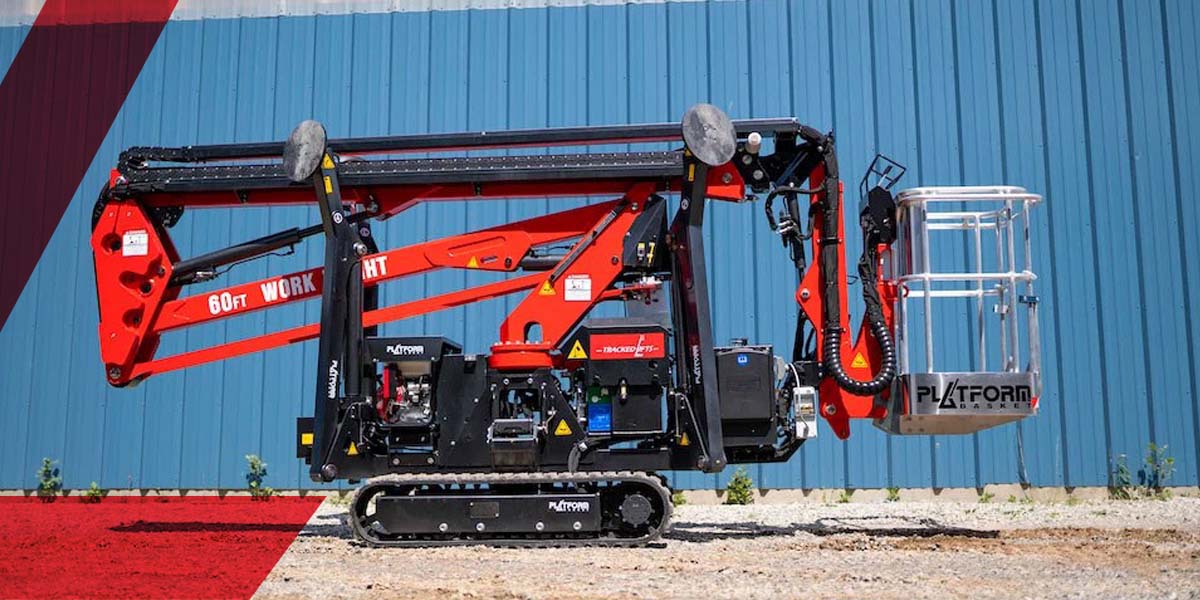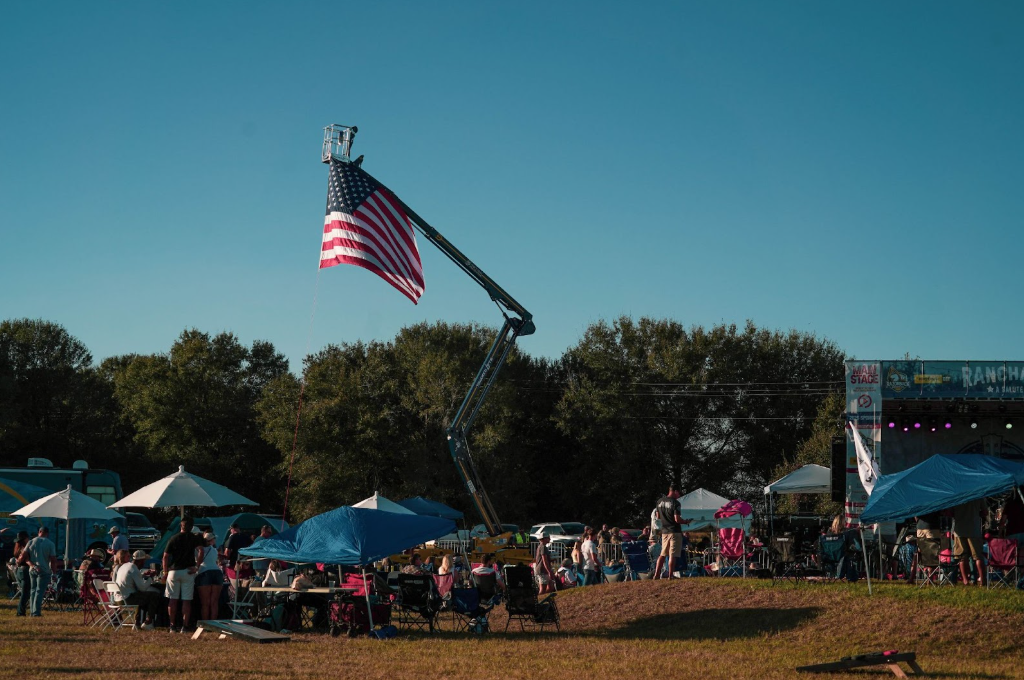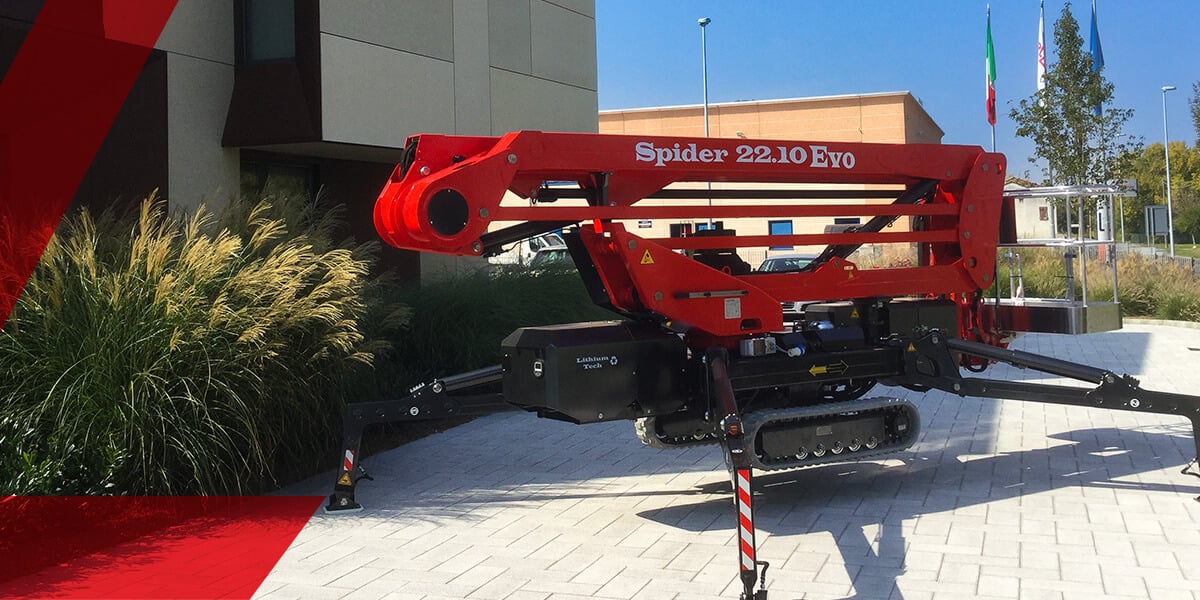Aerial Lifts for Arborists: A Guide to Enhancing Tree Care in Hurricane Season
Hurricane season brings with it a number of potential risks. Wind speeds can reach over 190 miles an hour, and fierce precipitation and flooding follow close behind. In these extreme conditions, it's easy for everything from cars to power lines to be damaged or even washed away.
Trees are not immune to these effects. In fact, weak or sick trees are extremely vulnerable to them and can pose a real danger to property and people in their vicinity. Hurricane Michael, for instance, leveled 109.7 million tons of standing timber on its path through Florida and Georgia in 2018.
That's where arborists come in. These certified tree experts play a vital role in protecting their communities during hurricane season, identifying vulnerable trees and taking steps to support them and minimize risk. Oftentimes, this process involves climbing trees to evaluate them, but all that climbing up and down can cost valuable time. Aerial lifts — mechanized platforms that can lift tools and people to elevated positions with ease — can improve the efficiency of these arborists and even make their work safer.
The Role of Arborists During Hurricane Season
When hurricane season rolls around, arborists gear up. They perform a range of duties to protect homeowners, business owners and the environment, including:
Tree Health Assessment
Before doing anything else, arborists must evaluate the health and structural integrity of the trees in the area they're investigating. Each tree must be inspected for signs of illness, age and weakness, such as discolored leaves or nesting pests. The soil, roots and other environmental features are also assessed through both visual inspection and technological means. These factors together help arborists understand the tree's strength and its risk of falling or otherwise damaging its environment.
Pruning and Maintenance
After the assessment is complete, the arborist may conduct crown cleaning or crown thinning. Cleaning involves the pruning of dead and diseased branches from the tree's canopy. Thinning is focused on trimming branches from the interior of the tree's canopy to reduce its density. Both of these methods protect the tree from hurricane winds and prevent weak limbs from turning into projectiles that can harm people and damage property. They may even improve the tree's overall health.
Risk Mitigation
In some cases, it may be necessary to remove a dying or diseased tree altogether. Arborists are equipped to safely uproot such trees so that they can't be torn down or washed away by an oncoming hurricane. While some property owners may not wish to say goodbye to beloved trees, arborists will always prioritize safety when they recommend removing a tree.
Storm Preparedness Planning
Assessing and pruning aren't the only ways arborists help their communities prepare for storms. They also brace trees in need of support and even assist in the creation of emergency response plans. The former can provide weaker trees with the strength they need to weather the storm. The latter can connect people to emergency services and educate them on best practices for an emergency hurricane situation, whether that's a tree collapsing on a home or dealing with extensive flooding.
Post-Storm Recovery
Arborists' work is not done when the storm hits. They revisit sites they've helped to fortify and assess the environment and strength of the trees in the area. If damage has occurred during the storm, arborists may prune additional branches and create supports for weakened trees. This storm damage cleanup helps these trees and their environment recover and protects the community from falling debris after the hurricane has passed.
Advantages of Using Aerial Tracked Lifts for Arborists
The work of arborists is important to both their communities and the broader environment, but this profession is not without risk. Scaling trees can result in serious injuries, some of which can lead to heavy expenses for both the injured party and the tree care service.
At Tracked Lifts, it's our mission to reduce the risk of these injuries and improve the overall work quality of arborists across the U.S. Our aerial tracked lifts do just that and more!
1. Enhanced Safety and Access
Aerial tracked lifts offer increased access and more safety to operators, removing the need for and risks associated with scaling trees. They can carry both arborists and their equipment to the desired height and allow them to access unique angles and positions that would have been difficult to reach before.
This newfound accessibility improves work quality while also lessening risk. The articulating boom of the Platform Basket 22.10, for instance, can flex at a number of knuckles along its length. These knuckles allow arborists to get within and around the canopy without having to haul themselves and their equipment up inch by inch. They can then observe all parts of the tree at up to 72 feet in the air with ease.
2. Efficient Pruning and Maintenance
With increased access comes an increased ability to prune and maintain trees. Aerial lifts make gaining position and leverage for both tasks far easier. They even make transporting pruned branches to the ground safer and easier.
The maneuverability of aerial lifts can take this efficiency even further. For example, the Platform Basket 27.14 is a mere 35 inches wide, enabling it to move between gaps and access harder-to-reach places. The benefits of a compact design don't end there, either.
At Tracked Lifts, we pride ourselves on minimizing ground disturbances. Our machines have the grit to work in a variety of terrains while enhancing efficiency.
3. Enhanced Productivity
Aerial tracked lifts can increase overall productivity. They cut down on the climbing and physical maneuvering arborists often have to engage in. That enhanced productivity can equip arborists to cover more ground more quickly without compromising on quality. In this way, lifts can play a key role in enhancing overall community health and hurricane preparedness.
4. Streamlined Storm Damage Cleanup
Aerial tracked lifts also make cleanup easier and more efficient. Thanks to their maneuverability and ability to access a variety of spaces, they can make removing falling branches, pruning damaged ones and assessing the tree's overall health far easier. The damage the tree may have sustained during the storm may also make it harder and more dangerous to climb, making investing in aerial lifts for hurricane season a safer choice as well.
5. Improved Customer Service
All of these factors can culminate in a better customer experience. The increased efficiency can offer comfort and ease to customers, empowering them to protect their homes and environments quickly. Knowing that the arborists are safe and can be more thorough can also enhance customer satisfaction.
Cutting-edge lifts can also increase customer trust and satisfaction because they communicate your investment in and knowledge of tree care. The slope handling abilities of many tracked lifts and the hybrid battery of lifts like the Platform Basket 18.90 can increase your tree care service's appeal and show that you are dedicated to high-quality service.
Lift Your Tree Care Service to the Next Level
Aerial lifts can help arborists elevate their services, empowering you to do your job with increased access, efficiency and safety. Tracked Lifts has been equipping folks just like you for over 15 years. Each of our durable, multi-terrain machines has unique strengths, allowing us to meet your needs at a competitive price point. What binds them all together is the increased safety and service quality they offer.
To get started on your journey toward safer tree care, you can get a quote online or reach out to us today!



